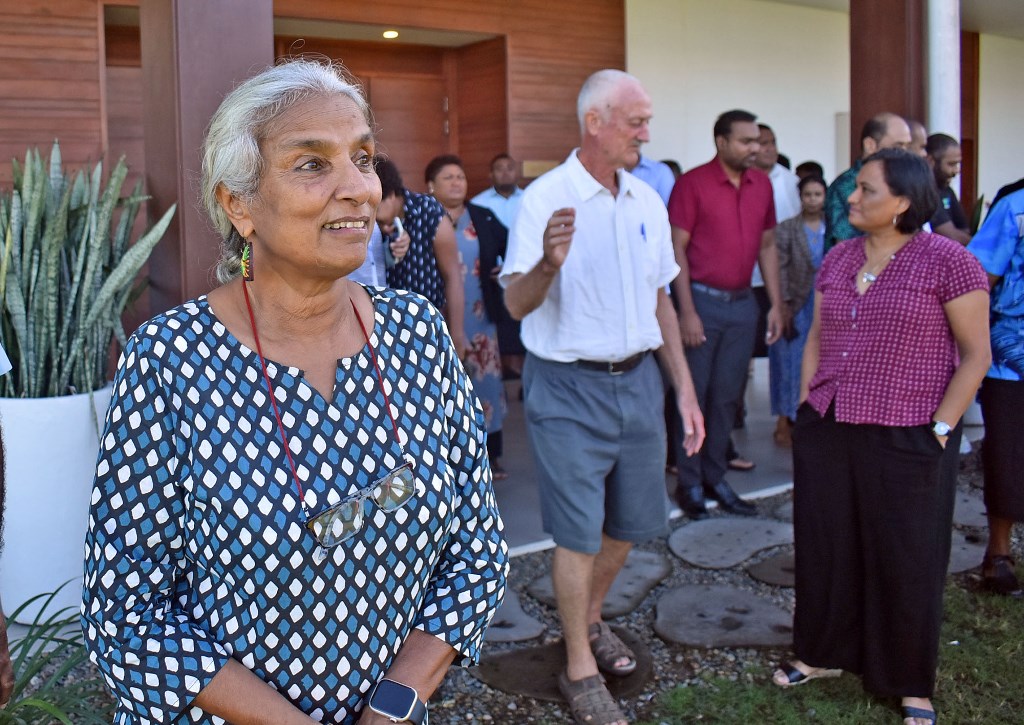The mangroves we lost in the past two decades is almost the same amount lost in 1986.
This, according to Dr Padma Narsey Lal, an ecological economist who specialises in ecosystem-based disaster risk reduction and climate change adaptation.
She highlighted this at the Interdepartmental Workshop on Mangrove Governance and Mangrove Regulation in Suva yesterday.
“Some of us in that generation would remember that we had to battle and work against the government at that stage to protect our mangroves,” she said.
“It was the government of the day then that was bent on reclaiming and converting our mangrove foreshores for agricultural, aquaculture and other developments.
“And to me, being a young person and my fellow representatives, we took the government on and said, ‘no we cannot allow the mangroves to be reclaimed’.
“So we rallied everyone’s energy to protect the mangroves and that led towards an early mangrove management plan — plans one and two.
“After all these years, we are now seeing a similar concern of losing our mangroves. In the case of the ’80s, it was potential loss.
“Today we are hearing concerns of what is happening around us — piece by piece.”
She said that baseline research was needed to provide data of reclaimed mangroves.
“We don’t have all the facts. There’s a whole range of estimates that have been provided because we don’t have anyone who has really looked at the details.
“We need to do some of the baseline research, and I am hoping that we will have hundreds of masters and PhD students doing that work.”
Dr Lal added that science was needed when identifying suitable areas for mangrove replanting.
“We see a lot of non-government organisations (NGOs) and private sectors replanting mangroves but one of the things that has happened is that they go around planting mangroves in areas that are not suitable for mangroves.
“There’s too much current coming in and the waves are too strong and so the mangroves cannot grow. If you understand the science, then you would not waste your resources.”
She said a masters student had studied four different ways to replant mangroves at the Coral Coast.
“They found that survival rounds were about 80 per cent in some cases and in other cases they were less than 20 per cent.
“You kind of think was it worth it and is it worth the investment. The Government, for example, allowed reclamation and the condition is that you replant six to one — it doesn’t always work.”



